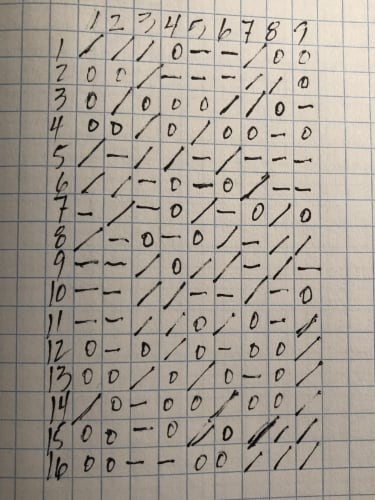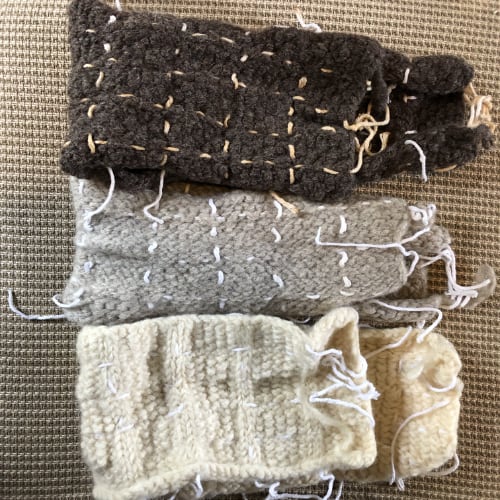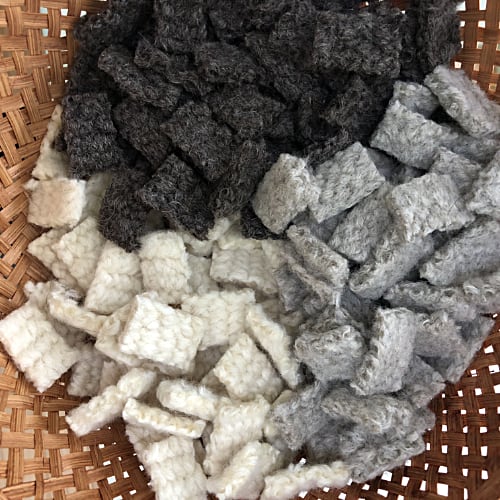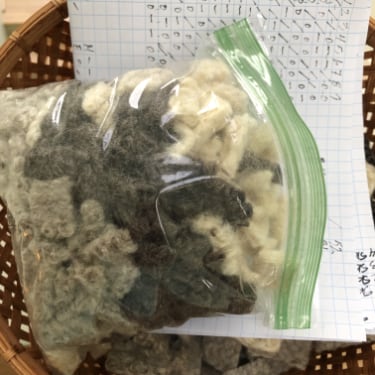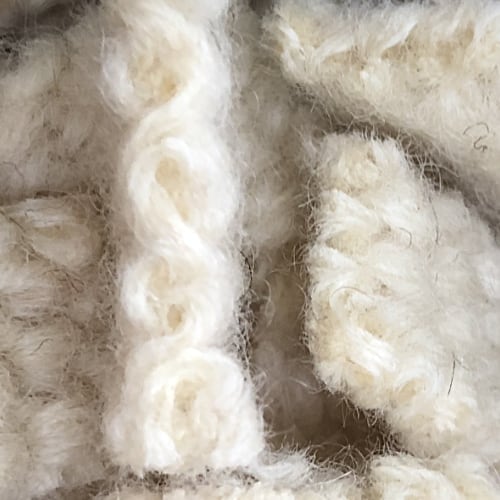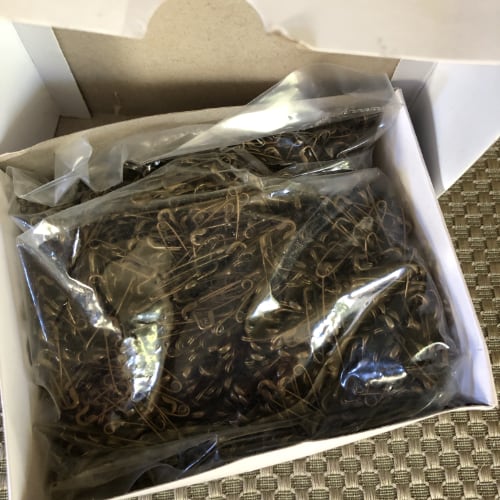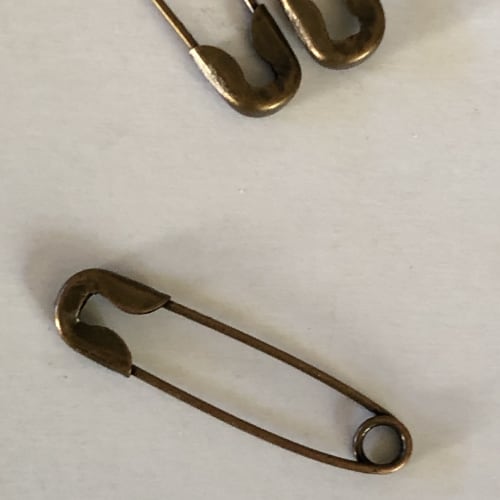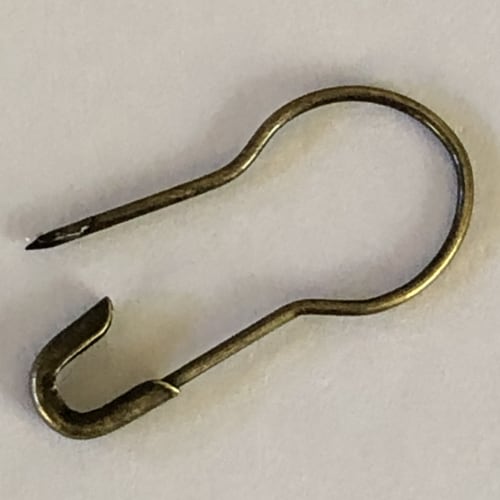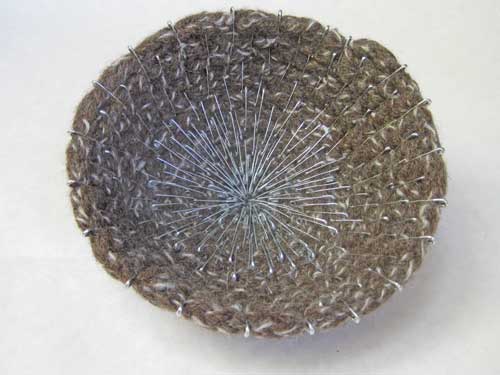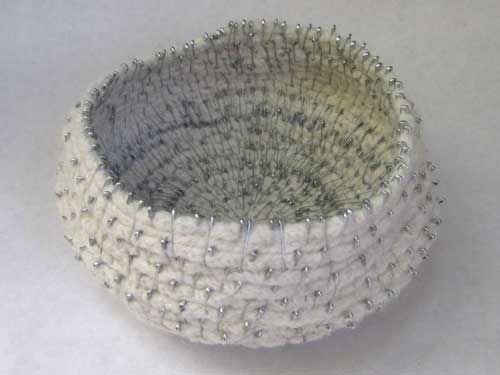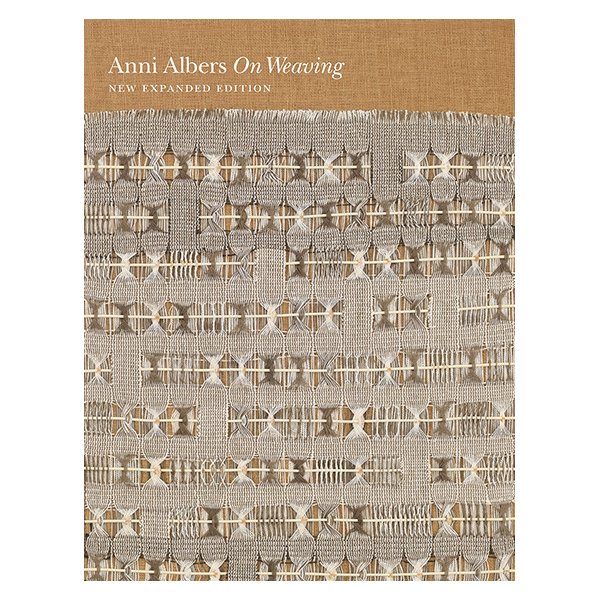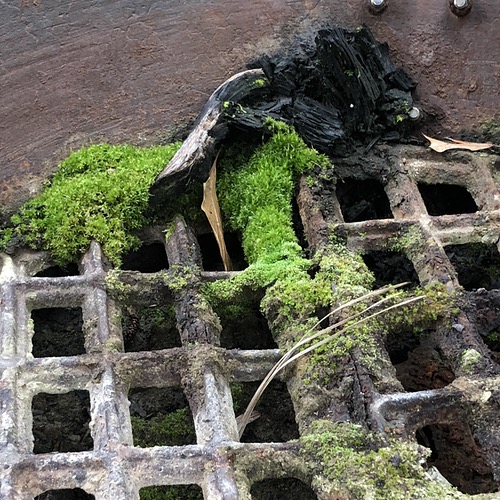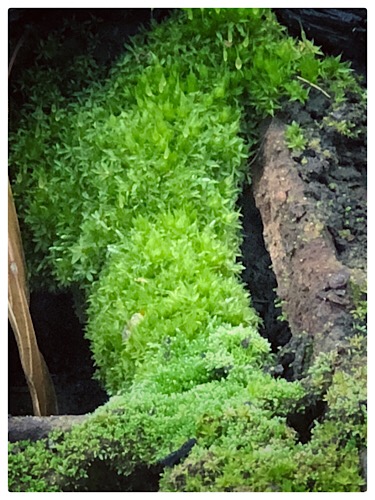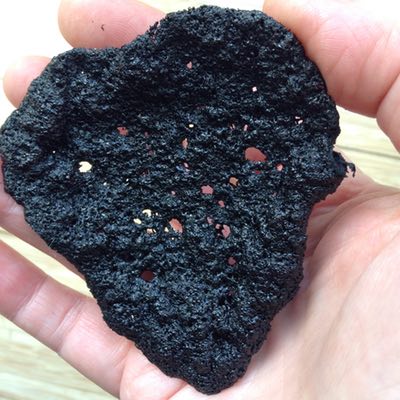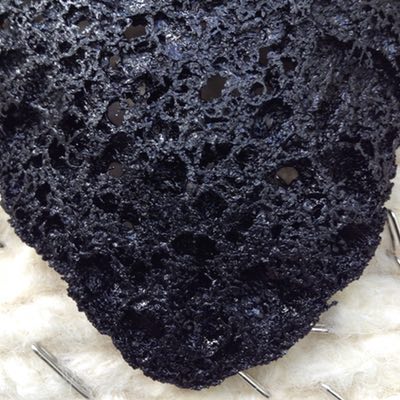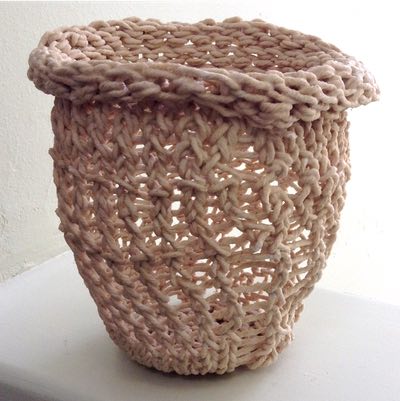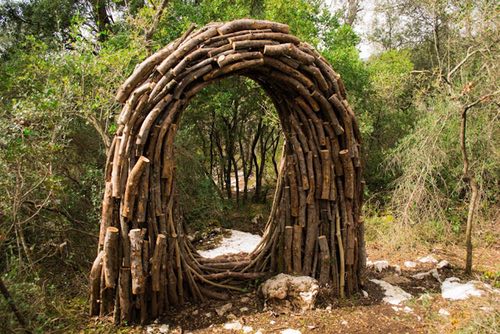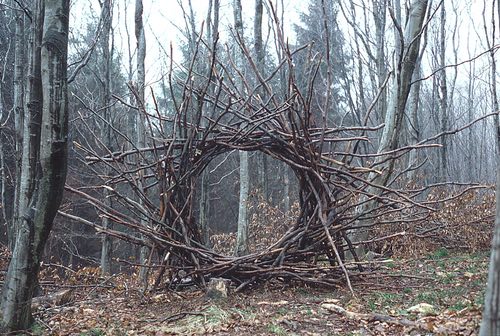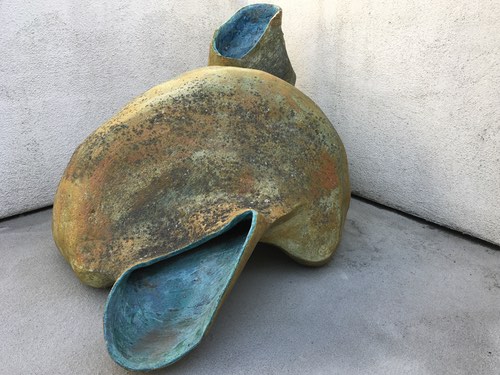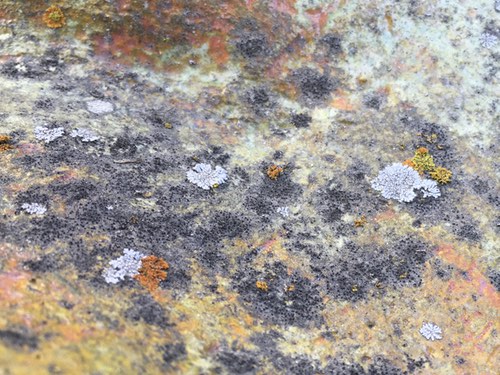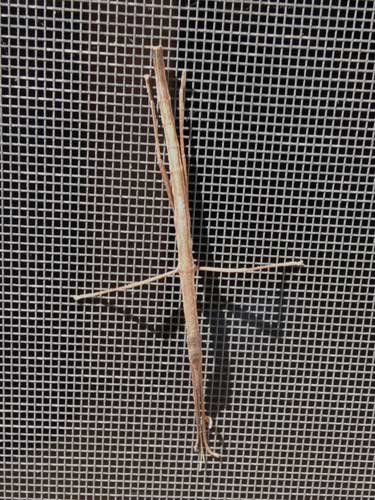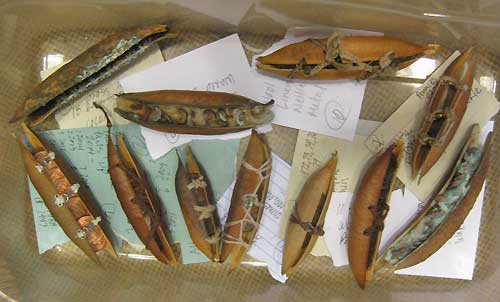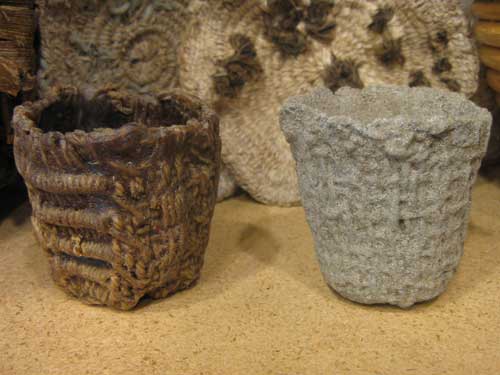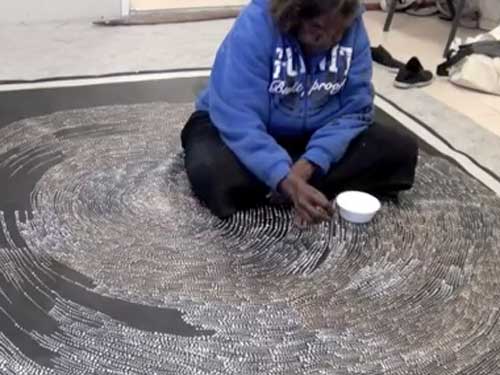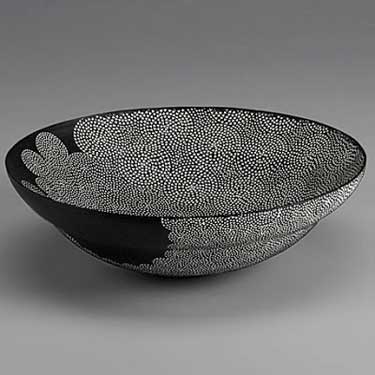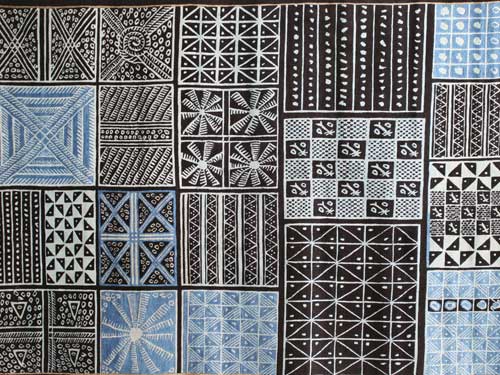Gone back to working on my knitted Memory Bowls. Ran into a problem with the bowls not being sturdy enough. Put them on hold.
The bowls are fiber with some negative spaces within the patterns, a stiffener is in order. In the past I used sugar, shellac, corn starch, liquid starch, floor wax, microcrystalline wax, salt, and miscellaneous other stuff in the past. Wanted to spend some time thinking about how to finish the bowls.
Serendipity?
I have been following Maria Amélia Mendes’ YouTube channel. Her concrete tutorials are easy to follow, with loads of good tips. I really want to make some concrete pieces. Recently she posted a video–How to make baskets with wood sawdust. Thought I would test out her glue formula on a couple of knitted pieces.
The glue was combined with wood shavings and pressed into a form. After the pieces dried and hardened she added an application of her Finishing Glue. It is the same formula as her glue, with the addition of 100 ml of PVA.
Maria Amélia Mendes’ Homemade glue recipe:
1 liter of water
1 cup of cornstarch
50 ml of white vinegar
I made the Finishing Glue for my test pieces. I had forgotten that heated corn starch and water solution can suddenly become thick. Applied the glue to the test pieces. The thickness made it a tad challenging. If the pieces had been fragile, wouldn’t have been able to apply the glue. I refrigerated the left over glue. May try diluting it a bit if/when I use it in the future.
The first bowl is linen with a little plant fiber.

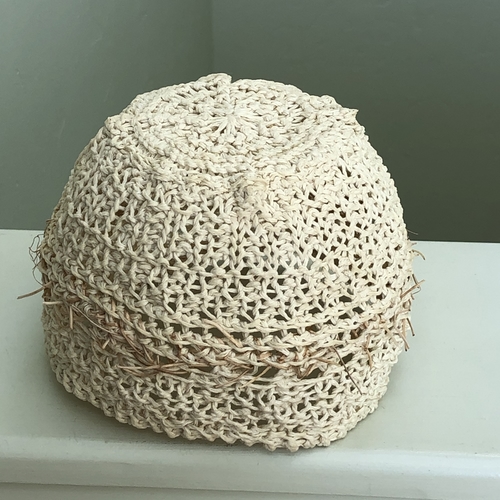
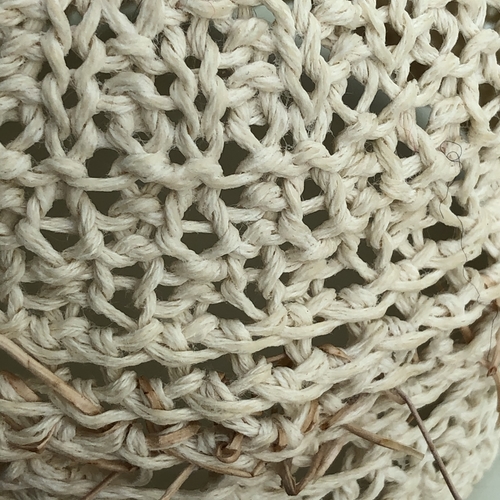
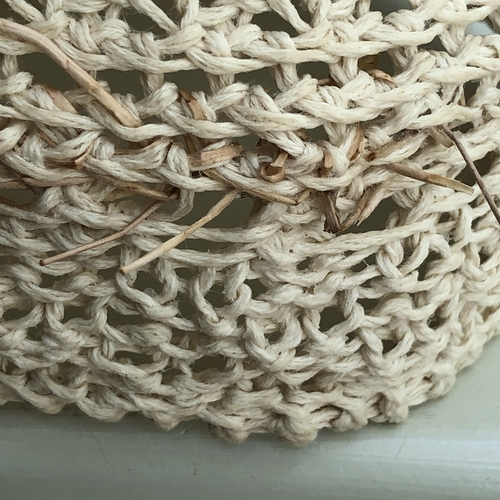
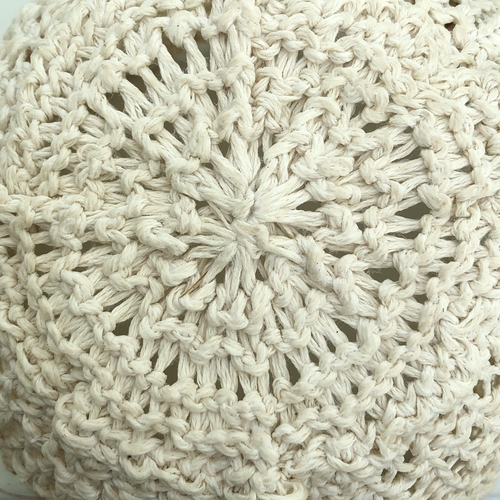
Because the glue was a bit thick, after I applied the glue I gave it a rinse with the kitchen faucet spray function. The bowl was placed over a form to dry.
The second bowl is cotton with plant fiber.
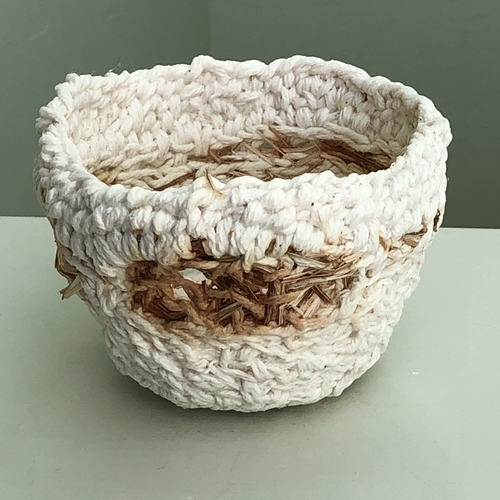



The bowls were placed over forms and left in the sun to dry.

Both bowls are firm and the appearance of fiber hasn’t been altered too much.
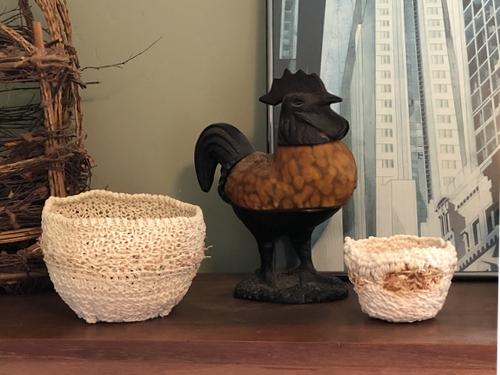
My next test will be with wool. Wool can be tricky. My first test using molten wax on wool changed its appearance to a plastic-like surface. Definitely ugly.
Check out Maria Amélia Mendes’ Youtube channel and her excellent concrete videos.

